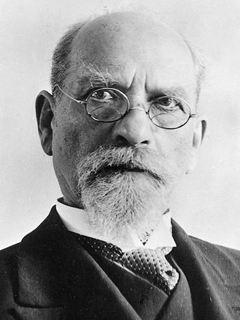

Edith Stein on autism
pp. 107-115
in: Antonio Calcagno (ed), Edith Stein: women, social- political philosophy, theology, metaphysics and public history, Berlin, Springer, 2016Abstract
By the mid-1920s of the past century, Edmund Husserl had established that empathy was the act whereby the infant became a child. Empathy brought the child into the intersubjective world of others, the personal world of Ideen II. In 1916, Edith Stein wrote the book on empathy, with Husserl as her director. If persons with Autistic Syndrome Disorders (ASD) are on that spectrum because they do not provide behavioral evidence of empathic acts, they have not constituted the world of persons. However, as I have shown in earlier work, high-functioning persons with autism or Asperger's Syndrome do participate in the shared world of objects (Ideen I) as well as symbiotic relations with pre-others. Empathy presents the ceiling as well as the telos of autism. Stein's early work describes the necessary conditions for empathic meanings, which yield knowledge of the individual other. This paper explores how Stein's analysis has an impact on an appropriate understanding of ASD.




